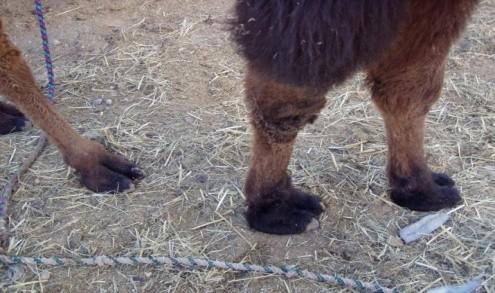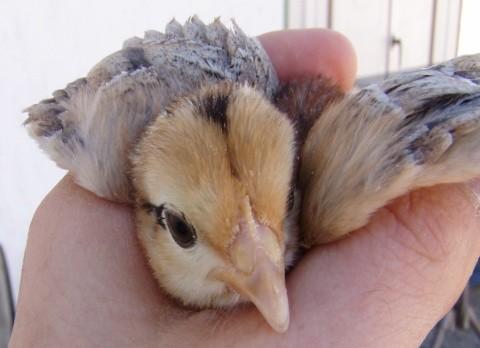
2 minute read
Animal Xtras
Tails
Balance, Communication, Protection, Hunting, or Wind Rudder for Bird: When the Alligator swings its tail for hunting purposes the amount of lactic acid produced would most likely kill another animal.
Advertisement
Vertebra: Spinal attachment for Dog, Horse, Elephant.
Muscular: Prehensile or tail used as a helpful hand for Monkeys and Possum.

Outside
Scales: Create movement for the Snake.
Feathers: It may not appear so from a distance, but what looks like Penguin “fur” is actually small, specialized feathering. Different layers of feathers have different jobs, such as color, insulation and flight.
Fur /Hair / Bristles (Pig): Characterize mammals. A specialized coating insulates bodies. Fur regenerates. Hair grows.
Shell: Bone with vascular supply. If cracked, it is treated like a fracture for Turtle and Armadillo.
Quills: barbed in Porcupine, non - barbed in Hedgehog…

Tetrapods are four-footed animals. Front extremities attach to the scapular region, and back extremities attach to the pelvis.
Hind feet: Three walking patterns: Unguligrade: toe walkers like big herbivores. Elephant and Horse use “high heels.” Digitigrades: weight goes more towards the central foot like Cat and Dog. Plantigrade: uses the entire foot as in Humans and Bear.
Paws: Metacarpal, metatarsal and phalange bones. Front extremities consist of the humerus, ulna, and radius. Ungulates have a fused ulnaradius for standing weight stability. Hind extremities are formed by the femur, tibia, and fibula. The tibia and fibula may be fused for increased stability and weight-bearing.
Hooves: Front and back legs follow through with the same movements during a walk or run. Tissue under the hoof (frog) needs healthy circulation.


Mobility
Two Types of Claws
Extended: fixed to the digit bone as in the omnivores. Retractable: sign of a carnivorous life. Tendons attach to the digit for movement, as in cats
Wings
For balance, flying, hiding , warmth, expression, or mating rituals. The bone structure resembles an arm and hand, as in Bat and Chicken.
Flippers
Once-removed arm/hand appendages. Dolphin still have finger bones in the arm like pectoral fins. The dorsal (top) fin helps the body dissipate heat for body temperature control. Tail flukes contain many blood vessels.
Alive
Rest
Hibernation / Brumation / Dormancy / Time Migration : A ‘sleep’, so body metabolism does not require as much nutrition as when awake. Bear, Turtle, Hedgehog…
Nocturnal: For survival needs, nocturnal animals are wired for night activity. My Rat girls build condos at three a.m. as Porcupine & Rat…This will have much today with visual acuity permission patterns.
Breathe
Rostrum is the area of smell found in front of the eye (orbit) bones. Pekinese have been bred with VERY short breathing apparatuses. Their survival depends on living with humans. Large crocodiles remain under water without a fresh breath for up to 24 hours. Racing Horse have large, open nostrils.
Pregnancy
Elephant: 22 months / 660 days
Horse: 11 months / 330 days
Cow: 9.5 / 285
Human: 9 / 275
Sheep: 4.5 / 144
Pig: 4 / 114
Dog: 2 / 61
Cat: 2 / 61
Rabbit: 1 / 31
Mouse: 3 wks / 20 days
Babies
Mammals give birth and provide milk for their young. Dolphin have their babies backwards, tail first. Possum is the only marsupial in the U.S. although 150 species live in Australia.
Large wild animals such as Elephant have lengthy pregnancies so babies can birth standing and run from danger.
Animals with short life spans such as Mouse have many babies for life to continue on.






